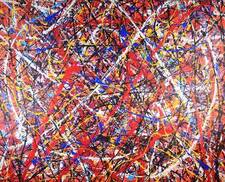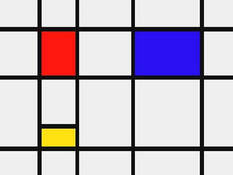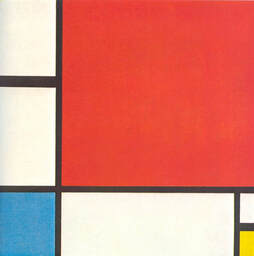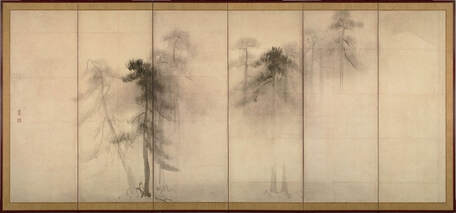|
Minimalism emerged in New York in the early 1960s among artists who were dissatisfied with and renounced the recent art as they found it too scholarly and representative of what the artist was feeling at the time. A wave of new influences like the post WWII era and Sputnik era rediscovered styles that led the new surge of artists to question conventional boundaries between various media (painting, sculptures, etc). The new art favored the cold, hard, linearity aspect over the "dramatic": their sculptures were frequently fabricated (and paintings made to look like they were fabricated) from industrial materials, and emphasized anonymity over the expressive excess of Abstract Expressionism. Painters and sculptors avoided outlandish symbolism and emotional content, but instead called attention to the materialistic aspect of the works. By the end of the 1970s, Minimalism had triumphed in America and Europe through a combination of forces including museum curators, art dealers, and publications. These two photos shown above depict abstract expressionism(Left) and minimalism(Right). From first glance the difference in style of art and method of completing the art stands out. While the minimalists were influenced by a desire to reduce the art down to its simplest from, the abstract expressionists did quite the opposite, layering feelings and emotions into their artwork. One of the largest influences on minimalism came about decades before, known as Russian Constructivism. This movement, created by the Russian avant-garde, was in place from 1913 till the 1940's but not before it was able to spread throughout the continent fairly quickly. The main idea behind Russian Constructivism was the ideological basis of the idea of, "L'art pour I'art," which directly translates into "art for art's sake." This quote from Theophile Gautier conveys a philosophical idea that the essential value of art, and that only art in its purest form is separated from any didactic, moral, political, or utilitarian function. Influences that Specifically Shaped Minimalism
Traditional Japanese has been considered a predecessor to minimalism, as Japanese aesthetics and ideals have to do with imperfection and simplicity. Speaking on minimalism, not specifically artwork, was a lifestyle choice also taken up by the Japanese. The idea of having nothing more than is necessary applied to Japanese peoples lives (samurai) way before that became the main selling point of minimalistic visual art. Traditional Japanese ideals include Wabi (simple;austere beauty) and Sabi, (beauty that comes from age). Wabi-Sabi appreciates and sees the value of simple and plain objects. Objects in this ideal, much like minimalism contain no unnecessary features. Another concept that Traditional Japanese and minimalism share is their use of negative space. Through the use of negative space the artist can essentially highlight the minimalistic part by removing all other features. Often use of negative space is talked about in photography, but its just as prevalent in minimalism today as it was at its origin some seventy years ago. The two pictures above show the use of negative space in minimalistic artwork. The picture on the left is some obscure minimal line artwork. While the picture on the right is "Pine Trees" by Hasegawa Tohaku. Both artist's use of negative space draw the viewers eyes to what was intentionally placed on the canvas. By the 1970's members of a new movement, Post-Minimalism, were already challenging its authority and were thus a testament to how important Minimalism itself became.
0 Comments
|
AuthorsCarlee Skarin ArchivesCategories |





 RSS Feed
RSS Feed
